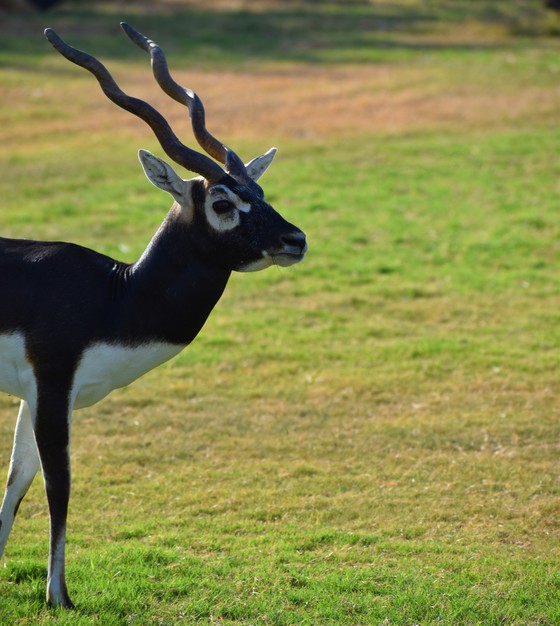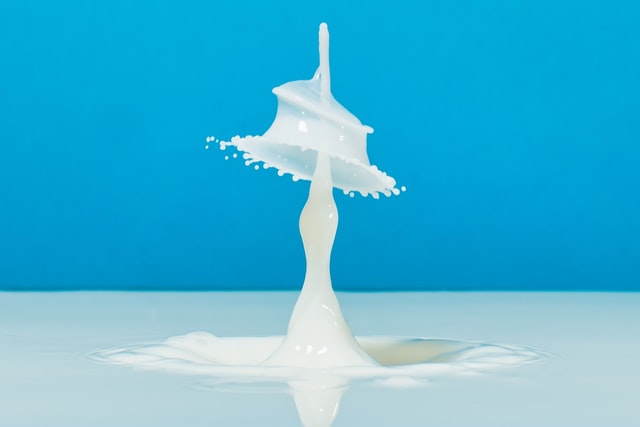Blackbuck (Antelope) is also known as Indian antelope or buck. Its height is 74 to 84 cm. The male deer weighs 20-57 kg while the female deer weighs an average of 20-33 kg. It can run at a speed of 50 kilometres per hour. Its life span ranges from 10 to 15 years. The IUCN has included the blackbuck in the category of near-extinct animals.
Blackbuck (Antelope Cervicapra) is also known as Indian antelope or buck. Its species was first described in 1758 by the Swedish zoologist Carl Linnaeus.
The horns of the male black antelope are ringed which are 35-75 cm long. The female blackbuck can also have horns.
The black deer is a vegetarian, eats grass.
Female blackbucks reach adulthood in eight months, but usually do not mate before two years. Males become adults in about one and a half years.
The gestation period is generally six months after which a cub is born. Usually its age is 10 to 15 years.
The IUCN has placed the black antelope in the category of an endangered animal.

Hunting of blackbuck (blackbuck) is prohibited in India under the first schedule of the Wildlife Protection Act of 1972.
Black antelope have 30 male chromosomes while female blackbuck has 31 chromosomes.
The term antelope is used to refer many species of even toed ruminants.
These animals are herbivores and live in a herd. A herd can comprise of 10-20 animals.
Antelopes do not shade their horns every year but they keep their horns for lifetime.
Antelopes are not deer but they have deer like appearance.
They have camouflaged coloring and fast running speed to elude predators.
Some of the larger Antelopes live in plain areas where they solely rely on their speed to elude predators.
Around 71 of the antelopes species are found in Africa and rest can be found in Asia.
Duiker Antelope also consumes meat in small amounts. This is the only exception otherwise rest all the species are vegetarian.





Leave a Reply